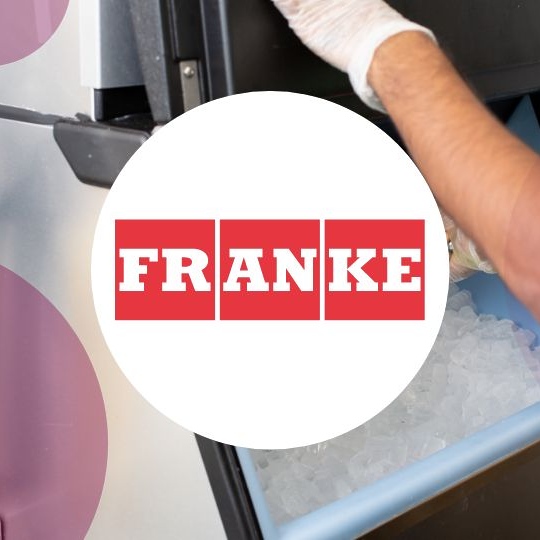Client Challenge
Food contamination and prevention of foodborne illnesses was already a high priority within the foodservice industry after several high-profile contaminations caused serious customer illnesses and hurt profits. Franke wanted to seize the opportunity to capitalize on a new product that solved a little-known problem in the industry — contaminated ice, which was causing foodborne illness.
Solution
Franke partnered with Challenger to build a Challenger message and develop seller skills to deliver it effectively. The message targeted a common stakeholder group: operators of fast food/ fast casual restaurants and convenience stores.
Through research, customer knowledge, and a working session on building commercial insights, Franke built a message that brought to the fore an underappreciated cause of a well-known problem and shifted the sales conversation to identifying customer risks rather than product features and benefits.
Results:
Franke increased sales of its continuous ice decontaminating machines by teaching customers that ice is food and thus needs to be treated just as carefully to avoid contamination. By focusing the sales conversation on commercial teaching, Franke was able to unlock and close several large-scale opportunities.
Quotes
“Challenger switched our approach, giving us the confidence to exit our comfort zone and deliver an edgy, memorable, and effective insight, resulting in a saturation of market education, interest, and sales.”
Luciano Delpozzo, President, Franke Foodservice Solutions
Quotes
“Challenger switched our approach, giving us the confidence to exit our comfort zone and deliver an edgy, memorable, and effective insight, resulting in a saturation of market education, interest, and sales.”
Luciano Delpozzo, President, Franke Foodservice Solutions
Before Challenger
After Challenger
- Warmer: Ice is almost everywhere in foodservice — it’s served in almost all water and beverages — and even more so with the industry’s dramatic rise in sales over 10 years of smoothies, blended ice drinks, iced coffee, and so on. At last, consumers are beginning to understand that ice itself is a food — and not just a “thing” that keeps food and drink cold. With that knowledge come higher expectations for the purity of ice.
- Reframe: However, many do not realize how immediately after cleaning, ice machines become recontaminated from microbes in the water, air, ice scoops, buckets, and human hands. Not only does this increase cleaning and service costs, but it also puts customers at significant risk of foodborne illnesses.
- Rational drowning: A study revealed that 33% of ice samples collected and tested exceed the EPA limit set for heterotrophic bacteria concentration in drinking water and that 70.3% of samples tested positive for coliform bacteria. And anyone familiar with the impact of food safety incidents in restaurants can cite the financial risk of liability, and a marketer would point out the impact of negative consumer impressions. Five months after Chipotle’s E. coli outbreak in October 2015, stock prices were still down 34%3. In late 2017, Chipotle is valued at $8 billion—one-third of its value in August 2015 before the first outbreak.
- Emotional impact: No responsible foodservice operator would ever serve a sandwich on bread that had some mold on it. And he wouldn’t serve ice that came out of a moldy ice machine — if only he regularly looked at the inside of his ice machine. But he doesn’t, and most people in the industry don’t either until the calendar says it’s time to clean the ice machine. By then, countless loads of ice may have been contaminated.
- The operator doesn’t realize he’s serving a beverage product that has odors or off-tastes caused by ice from an unclean machine. Probably he doesn’t see the risk of being exposed as an unclean facility, taking a hit to his reputation and image, and he certainly doesn’t realize he’s at risk of making a customer sick. He can only try to do better at routine cleanings done by staff, which often only spread contamination, and deep cleanings performed by technicians, which are expensive and have only temporary impact. Today’s cleaning methods are not keeping up.
- New way: Many operators are using new sanitation technologies that can keep an ice machine much cleaner through a continuous, in-machine process. They are using it to effectively attack biofilm and slow its recurrence. Such a technology can quickly pay for itself by reducing the cost of deep cleaning and the associated downtime and interruptions plus the maintenance and repair costs caused by biofilm buildup on working parts. Perhaps an even greater benefit is the knowledge that beverage products — a critical source of revenue and profit — are optimized for flavor, purity, and consumer safety.
- Solution: Only Franke can provide you with a long-term solution to continuously decontaminate your ice machine, substantially lengthen the deep-cleaning interval, and protect your customers from ice contamination without the expense and hassle of regular manual cleanings.


